It has both Ritchey and Rocky Mountain decals on it, but it was not made by Tom Ritchey, nor was it made by Derek Bailey, Chris DeKerf, or Paul Brodie.
I hope you're sitting comfortably, because we have lots to talk about here...
Which is an interesting development when you consider that there are people who claim that the Stumpjumper is a copy of a Ritchey frame that Sinyard shipped to Taiwan.
Now, whatever happened with Sinyard and Ritchey, that's a topic for another post. What we ended up with from this trip was the Ritchey Ascent in the U.S. and the Ritchey Rocky Mountain in Canada. This post with comments from Pippen Osborne, ex-Rocky Mountain and founder of Syncros, confirms the story about the trip. But, I have clarification from someone with more knowledge of the scene at the time than me, on a Facebook post I made about my bike, that says my bike was the Ascent, not the 'Rocky Mountain' model.
The Ascent had the chainstay brakes, and the unicrown fork, and was apparently preferred by Tom Ritchey. It may have even had some braze-ons done by Tom himself. The Rocky Moutain had a niftly biplane crown fork and chainstay brakes.
This 1986 Ritchey Ascent looks a whole lot like my bike. This 1986 Ritchey from the former Mombat collection, looks nothing like my bike and nothing like the Rocky Mountain model from the post above. It's a lugged frame without the signature Ritchey 'fastback' seatstay cluster and it looks a lot like the Rocky Mountain Sherpa.
So how fast is your head spinning?
I personally love all this lore. Clearly this is not a frame brazed by Tom Ritchey, and I knew that before I bought it. But it doesn't matter to me. It's a very cool artifact of what MTBs were in 1985, and it's finally time to dive in.
So instead we have some road parts; the Shimano 600 headset and rear derailleur, and Dura Ace hubs. Some parts from the touring world; like the Tourney XT cranks. The Tommasini brake levers I think might be originally for motorcycles. And then some fresh stuff for this new 'mountain bike' craze; like the excellent Nitto 'bullmoose' bars.
I never knew, by the way, that the bullmoose bars came in aluminium. I just love these bars, but I wish they were even an inch wider. They are stupidly narrow!! Four inches wider would be best.
We're also way before index shifting and Hyperglide - instead we've got a 6 speed friction shift. The clicking sound from the first generation Dura Ace hubs is glorious. The brakes will eventually stop you, just don't count on them for emergency use.
The ride is really quite nice. I really want wider bars, but once you adjust, it's fine. I doubt it's a super great climber with the long chainstays, but the slack head angle probably helps with downhills. This bike was built for wide open fire road downhills after all.
I'm not going to be tearing up that ultra-gnar technical singletrack on with this anyway. I've got modern bikes for that. Some nice rolling singletrack would probably be super nice - I just need to find some.
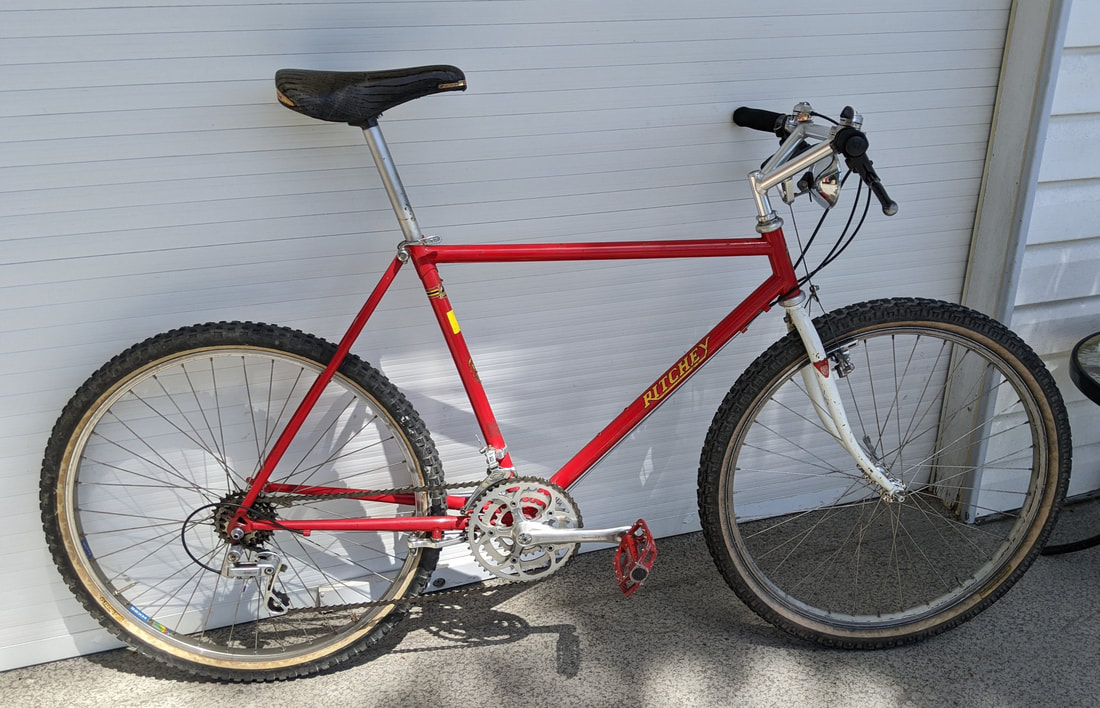
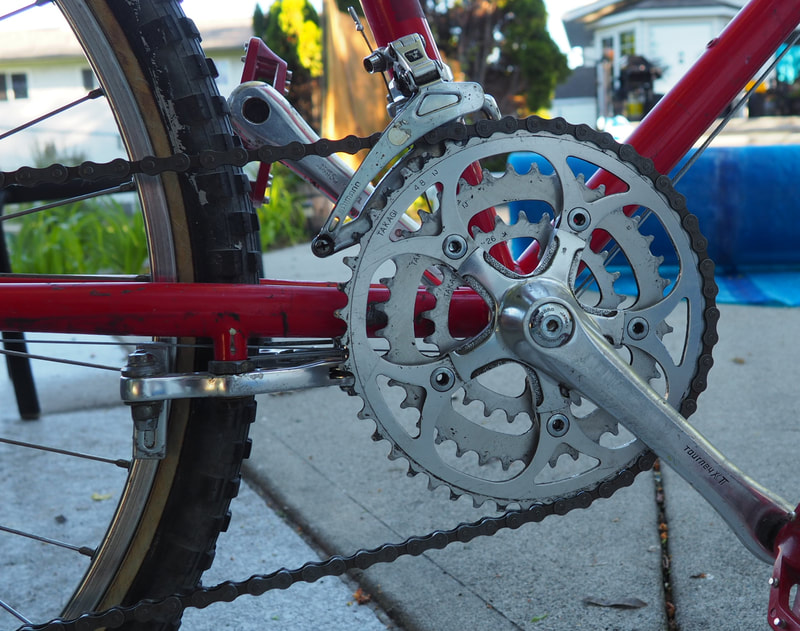
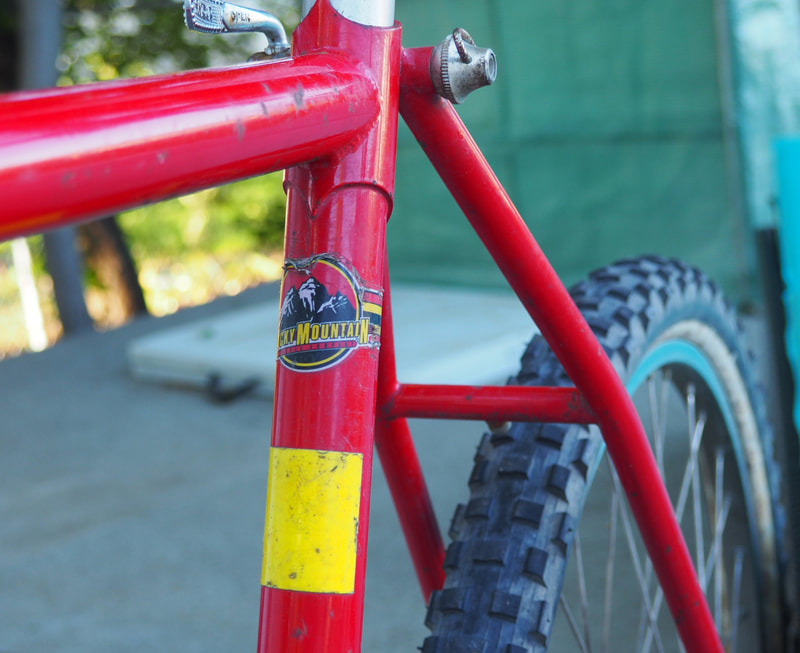
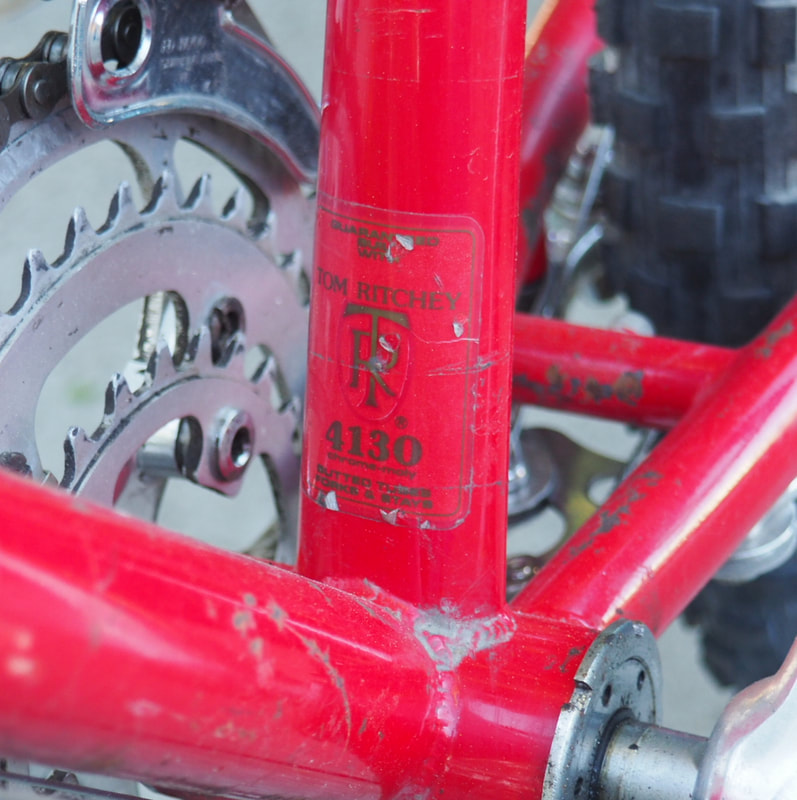
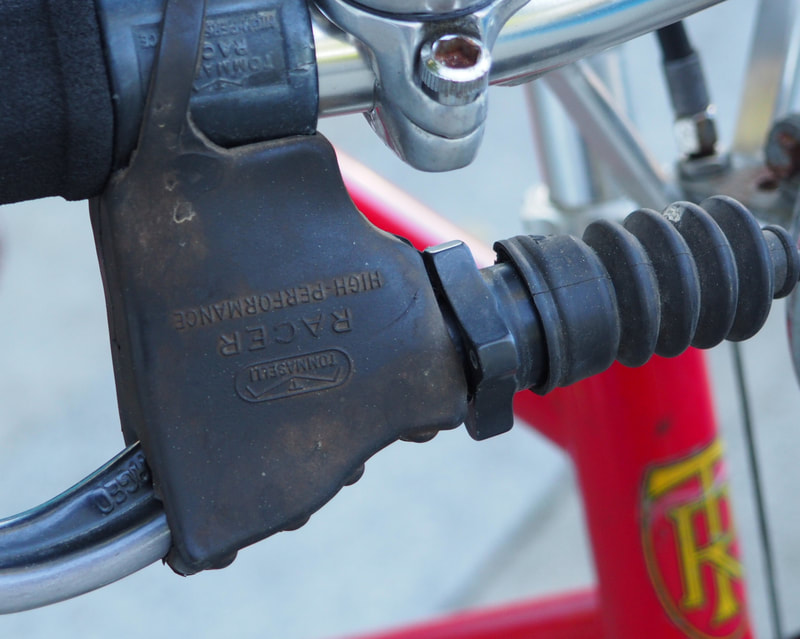
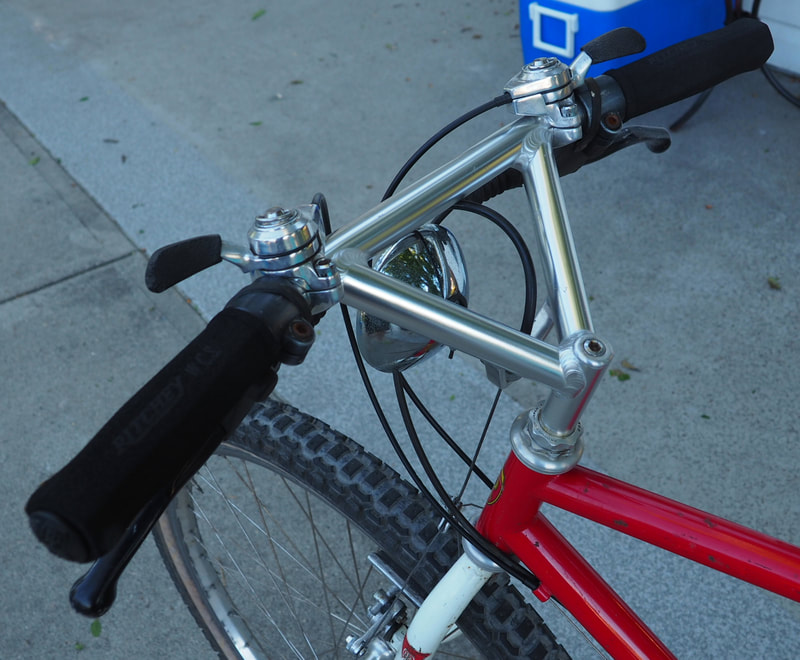
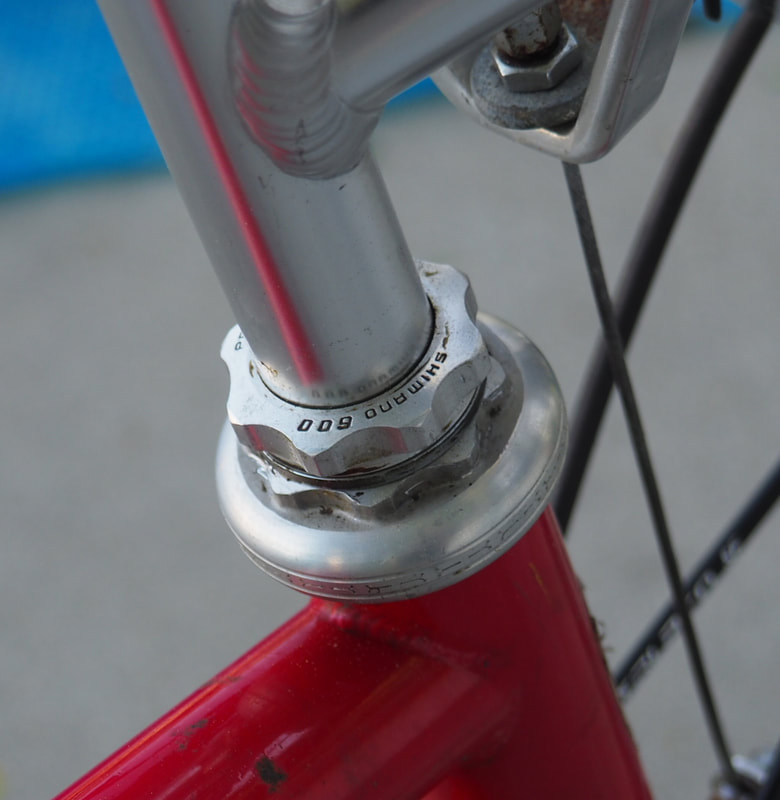
 RSS Feed
RSS Feed
